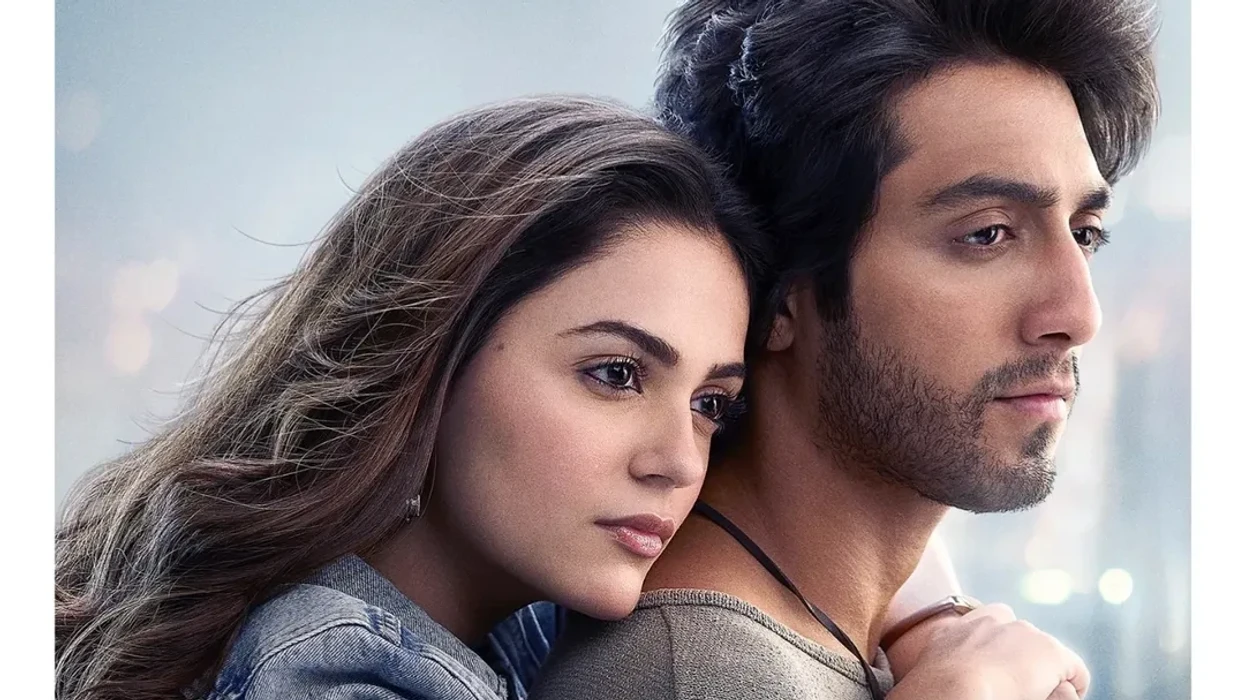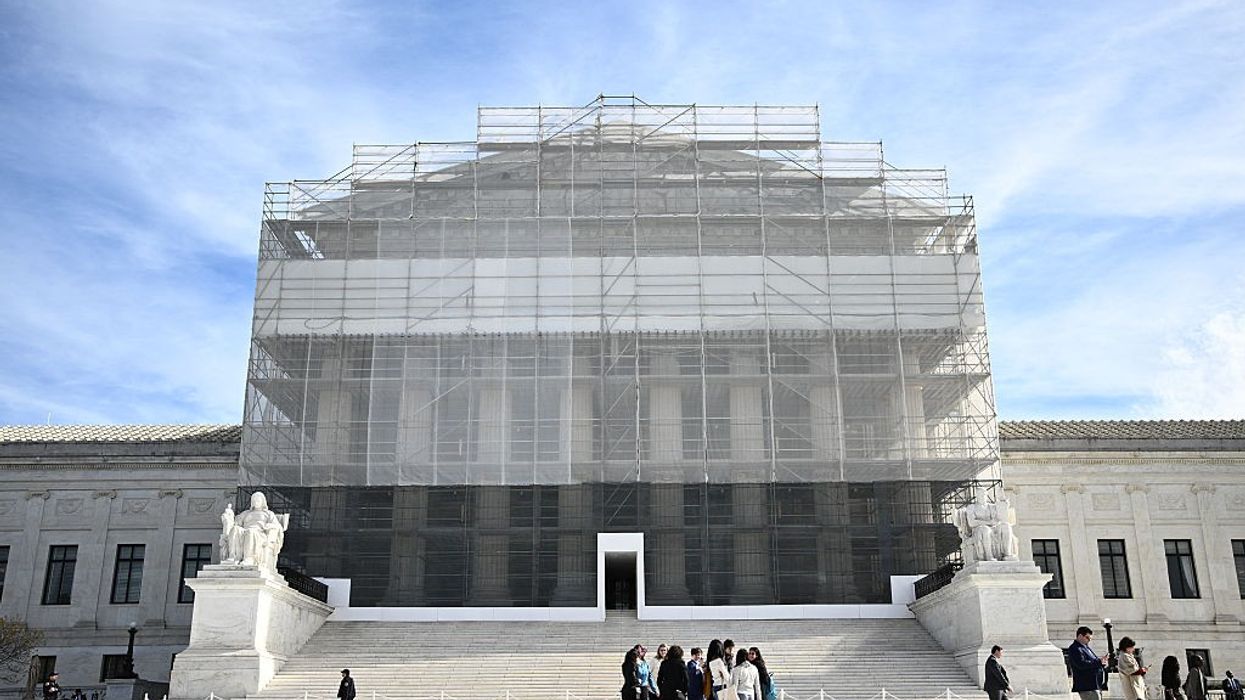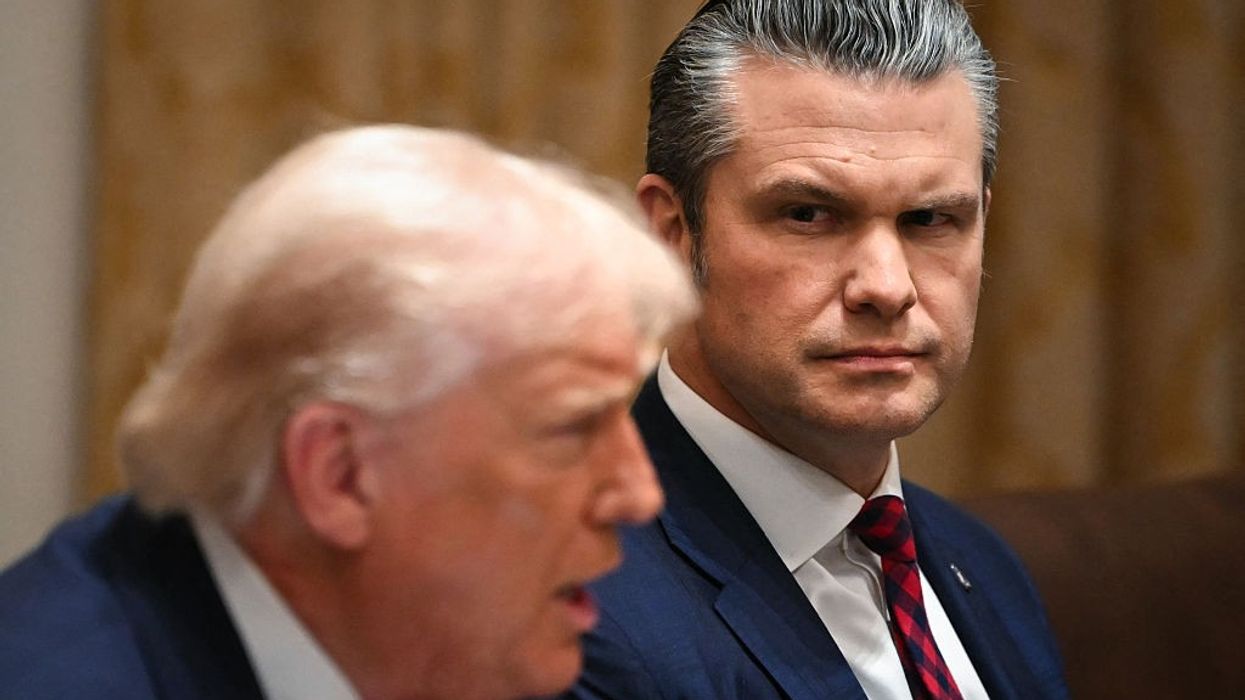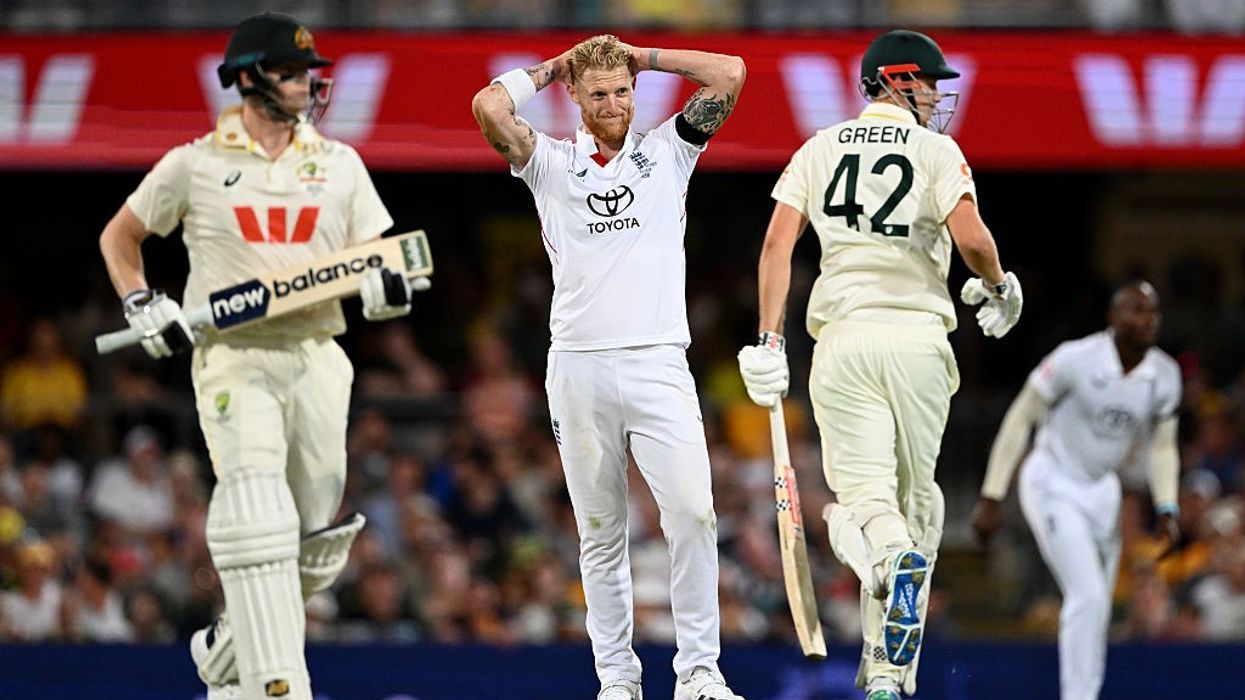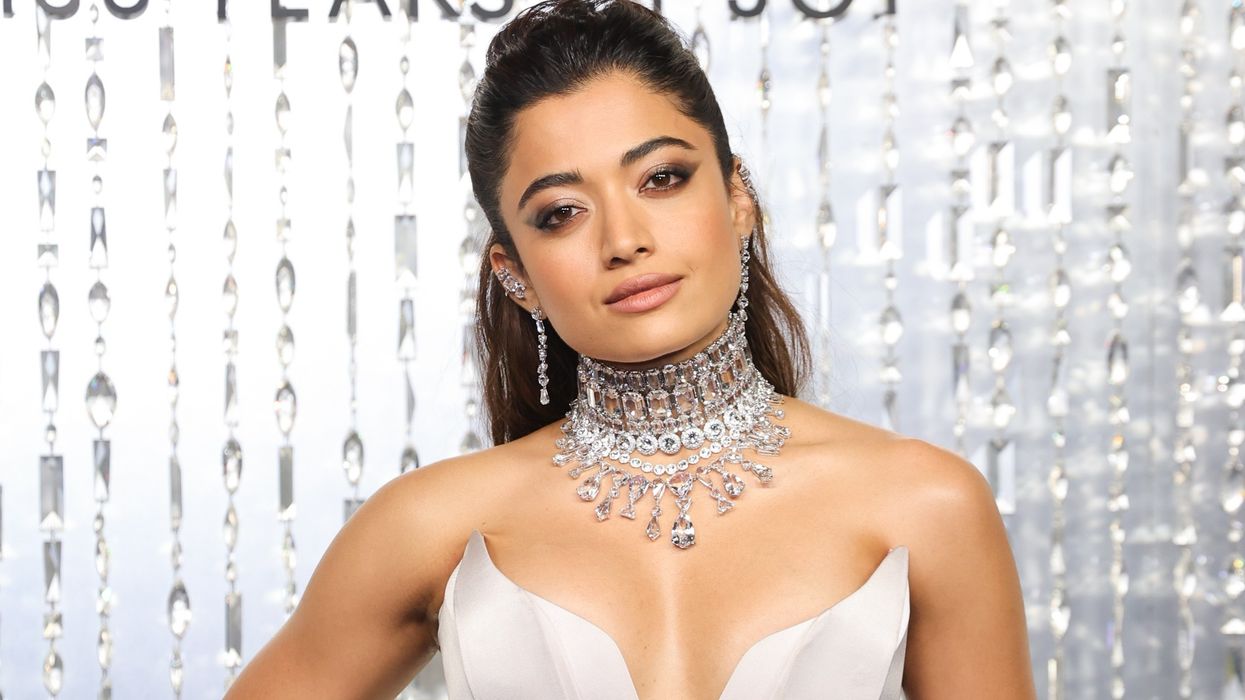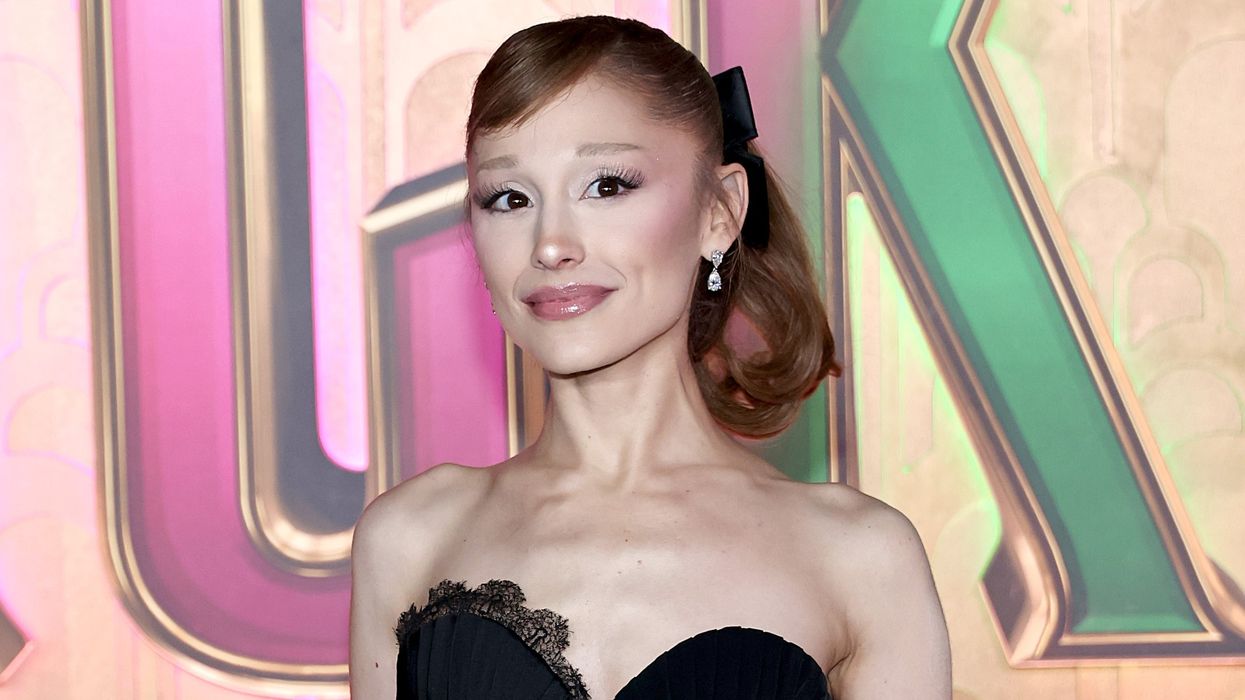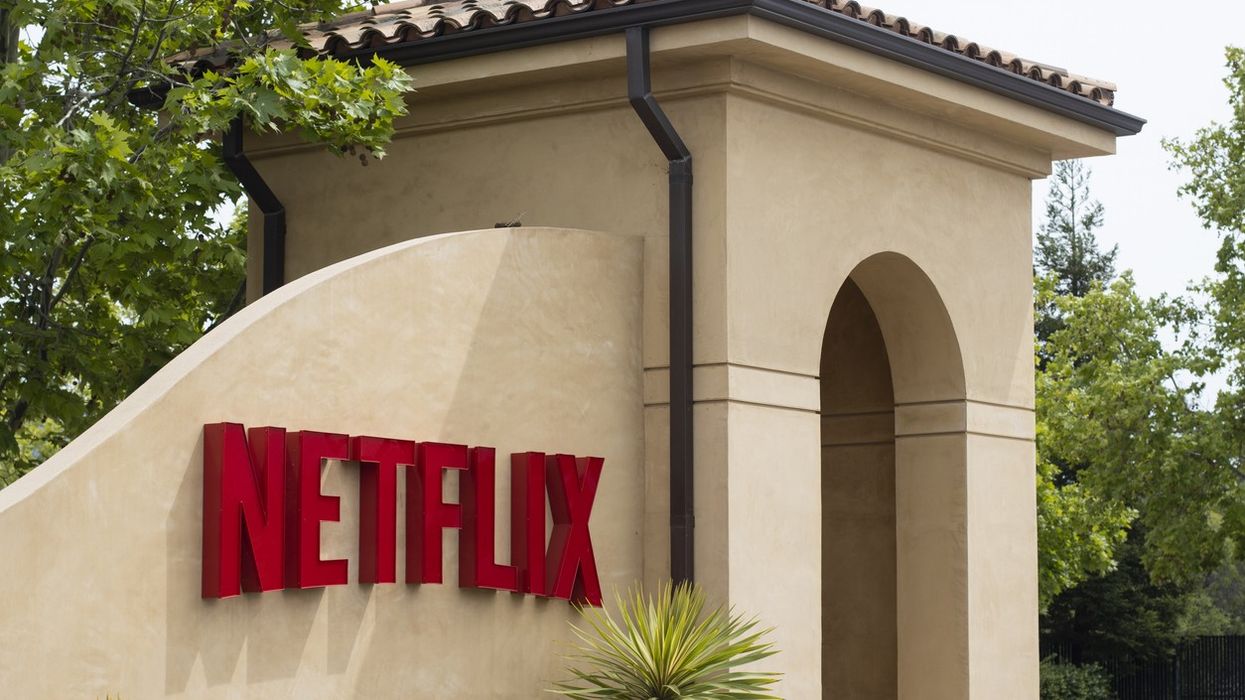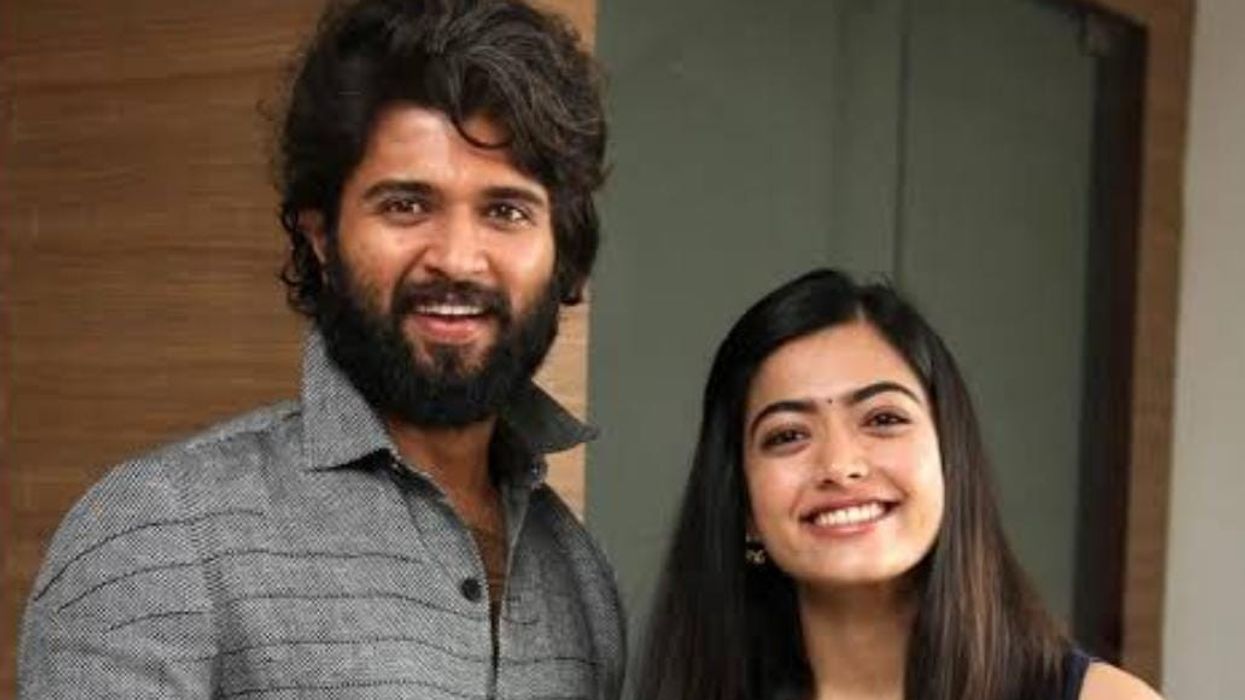In a year dominated by star-studded action blockbusters and sweeping sequels, few could have anticipated that a heartfelt romantic drama featuring two fresh faces would captivate the global audience and reignite the soul of Bollywood romance. Yet, Saiyaara, directed by Mohit Suri and produced under the prestigious Yash Raj Films banner, achieved exactly that. More than just a commercial success, it became a cultural phenomenon—a reminder that timeless stories rooted in genuine emotion still resonate powerfully across diverse audiences and geographies.
Saiyaara was made on a modest budget of approximately $5.4 million. Initially, industry expectations were moderate, as it was pitched as a youth-centric romance amid a marketplace saturated with large-scale, high-octane productions. However, the film defied conventions and soared past major box office contenders, emerging as one of the highest-grossing Indian films of the modern era. Its success lay in its sincere portrayal of love, heartbreak, and self-discovery, presented through a screenplay that shunned melodrama for subtle, relatable storytelling. The emotional depth and realism in the narrative struck chords with viewers of all ages, from millennials to older audiences, making its appeal truly universal.
At the core of Saiyaara’s magic are its lead actors, debutants Ahaan Panday and Aneet Padda, who portray Krish Kapoor and Vaani Batra, respectively. Their chemistry on screen became an instant sensation. Panday imbued his character with a boyish vulnerability and raw earnestness, while Padda’s performance radiated warmth, strength, and emotional nuance. Their natural, effortless rapport made even the smallest exchanged glances feel charged with meaning, drawing audiences deeply into their evolving relationship. Critics and fans widely praised their dynamic, with many comparing them to some of Bollywood’s most beloved on-screen couples. This fresh-faced pairing breathed new life into the romantic genre, inspiring hope for the next generation of actors.
Soundtrack and music have always been central to Bollywood’s narrative style, and Saiyaara is no exception. Composers Tanishk Bagchi and Mithoon, among others, delivered an album that masterfully blended the nostalgic romanticism of classic Hindi cinema with contemporary musical sensibilities. The film’s title track, “Saiyaara,” sung by Faheem Abdullah, not only dominated Indian music charts but also climbed into the top 10 of the Billboard Global 200, marking a rare international breakthrough. Other popular songs like “Barbaad,” “Tum Ho Toh,” “Humsafar,” and “Dhun” each gained devoted fan followings, sparking cover performances and viral trends across platforms like TikTok and Instagram. The soundtrack’s seamless integration with the film’s emotional arcs ensured its staying power far beyond the theaters, with songs becoming anthems for love and longing worldwide.
Financially, Saiyaara became a juggernaut with astonishing speed. It grossed over $38 million domestically in India and amassed $61.5 million globally, making it the highest-grossing Indian romantic film to date. What makes this achievement even more remarkable is the pace at which it happened — the film entered the $60 million worldwide revenue club within just three weeks of release, an unprecedented feat for a romance led by newcomers. Its global appeal was wide-reaching: in the Middle East, it earned approximately $9.5 million, driven largely by a passionate South Asian diaspora. North America contributed significantly, with $8.3 million from the United States and $3.1 million from Canada. The United Kingdom market followed with $6.7 million, buoyed by crossover interest beyond traditional audiences. Australia and New Zealand combined for about $4.2 million, while the rest of Europe added $5.1 million. Additional notable earnings from Southeast Asia and Africa underscored the movie’s unusually broad and diverse international resonance.
Beyond box office numbers, Saiyaara ignited a social media frenzy that helped supercharge its cultural impact. On Twitter (now X), Instagram, and TikTok, hashtags like #SaiyaaraMagic, #KrishAndVaani, and #SaiyaaraChallenge trended for weeks. Fans passionately celebrated the leads’ chemistry, sharing fan-edited videos, writing fan fiction, and engaging in analytical discussions of memorable scenes. Music fueled another wave of viral content, with especially the tracks “Saiyaara” and “Tum Ho Toh” inspiring dance trends, lip-sync challenges, and romantic montages uploaded by millions of users.
Celebrities and industry insiders joined in, with many prominent Bollywood actors publicly congratulating the cast and crew. The film was widely lauded as a “game changer” for the industry—a demonstration that newcomers paired with genuine storytelling and evocative music can create blockbuster magic against all odds. Viewers shared heartfelt testimonials of how the film helped them navigate heartbreak, find hope, or reconnect with their own experiences of love and loss. This emotional engagement extended far past surface entertainment to become a source of solace and inspiration for many.
The ripple effects of Saiyaara’s triumph are already reverberating throughout the Hindi film industry. In an era when romance-led films had struggled against the dominance of action spectacles and franchise sequels, Saiyaara reaffirmed audience appetite for carefully crafted, emotionally authentic love stories. Industry experts suggest this success could encourage studios to:
- Invest more in new talent rather than relying predominantly on established stars,
- Emphasize solid storytelling and music integration over formulaic spectacle, and
- Rely more on organic audience enthusiasm and social media buzz as critical promotional tools.
Trade analysts predict that Saiyaara might well spark a revival of the pure romance genre in Bollywood, reinterpreted and refreshed for contemporary viewers.
The extraordinary aura surrounding Saiyaara arises from several aligned factors: the sincerity of its narrative, a soundtrack whose music took on a life and identity of its own, the fresh charm of debut leads, and themes addressing vulnerability, doubt, and optimism in love. Social media amplified these qualities exponentially, turning a passionate fan base into a dynamic, global promotional force that no conventional marketing budget could emulate.
As it continues screenings worldwide, Saiyaara has securely etched itself as one of the few modern Hindi romantic films that bridge commercial success with cultural resonance. It has become, for millions, the defining love story of 2025 — a cinematic experience to be lived, sung along with, and treasured. For Bollywood and the global cinema landscape, Saiyaara is a powerful reminder that the heart, whether on screen or in life, always finds ways to speak across languages, borders, and generations.
